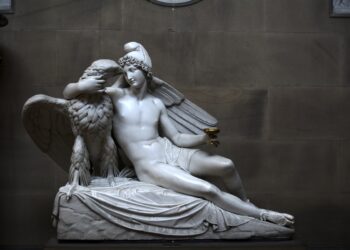What was a “Knocker-up” responsible for?
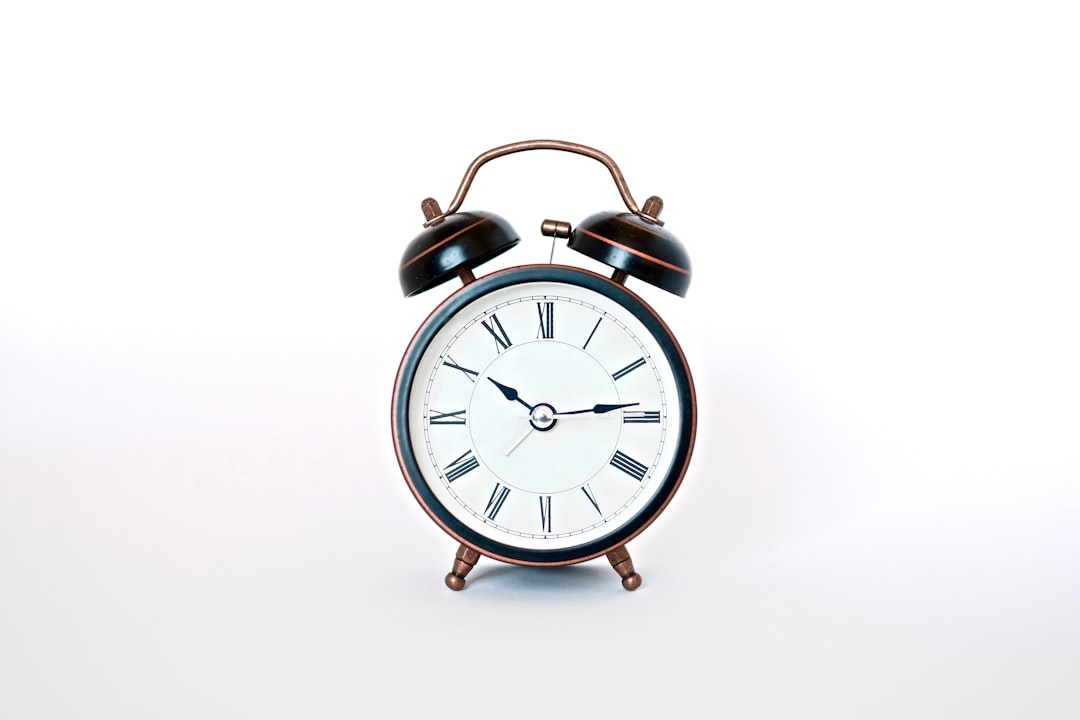
Carving wooden sculptures
Waking people up for work
Fixing roofs
Making shoes
What did a “Fuller” do in medieval times?

Cleaned wool
Delivered messages
Built furniture
Wrote books
A “Lamplighter” was tasked with what job?

Lighting street lamps
Painting landscapes
Installing windows
Repairing shoes
What was the role of a “Resurrectionist”?
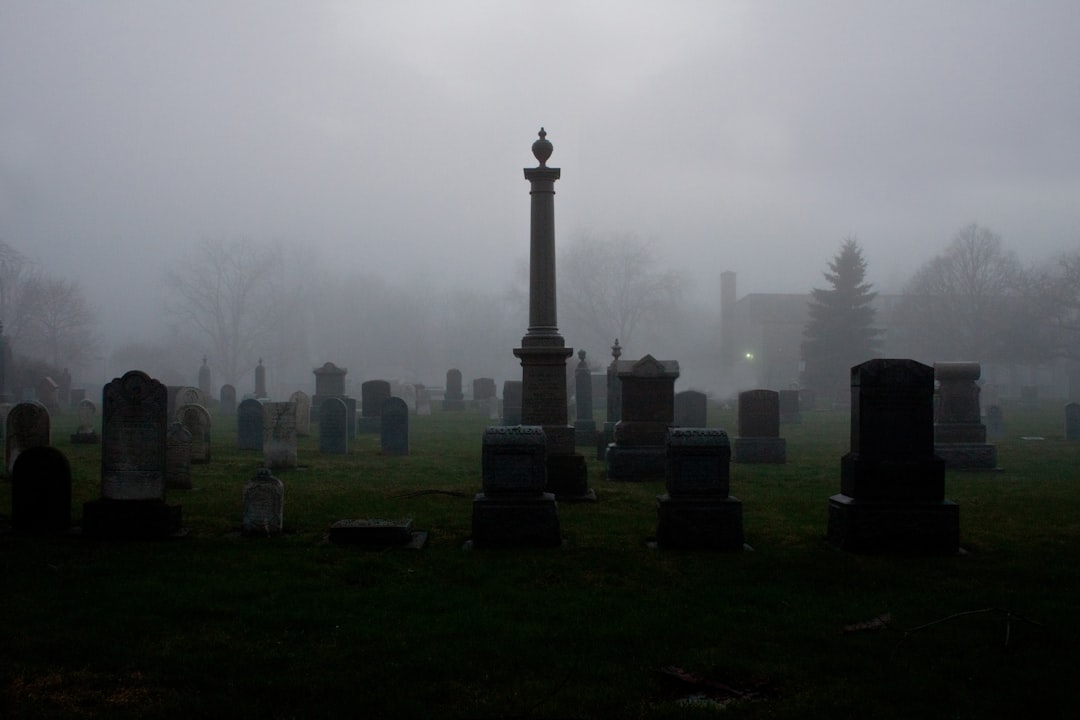
Church pastor
Body snatcher for medical study
Court jester
Graveyard caretaker
What did a “Mudlark” do in the 18th and 19th centuries?
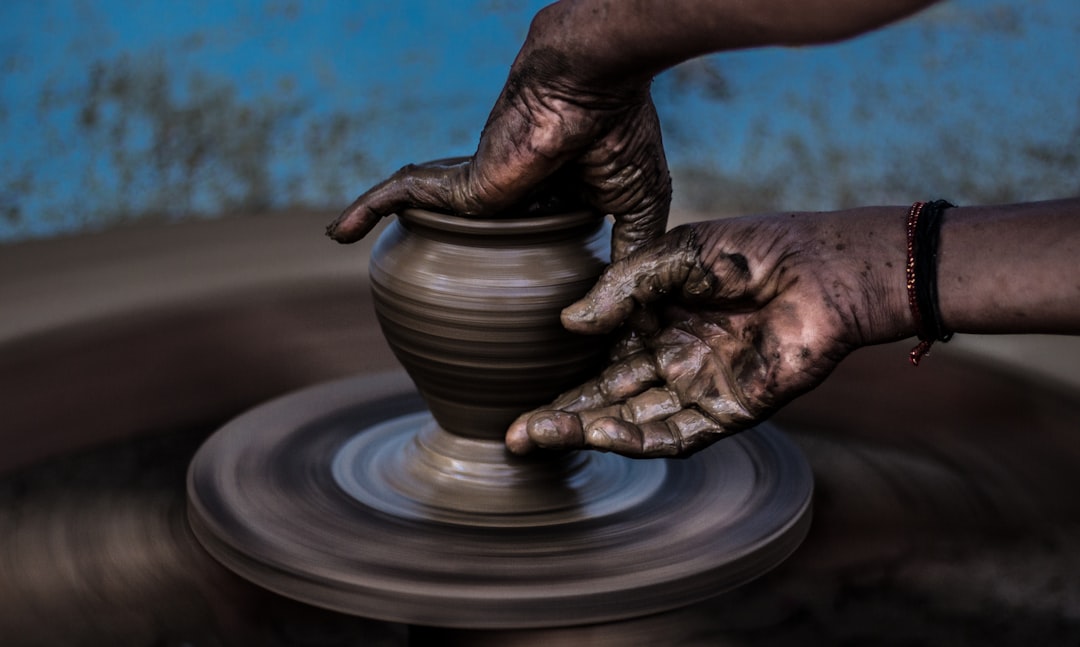
Made pottery
Scavenged for items in river mud
Composed music
Wrote poetry
The profession “Gandy Dancer” was associated with?
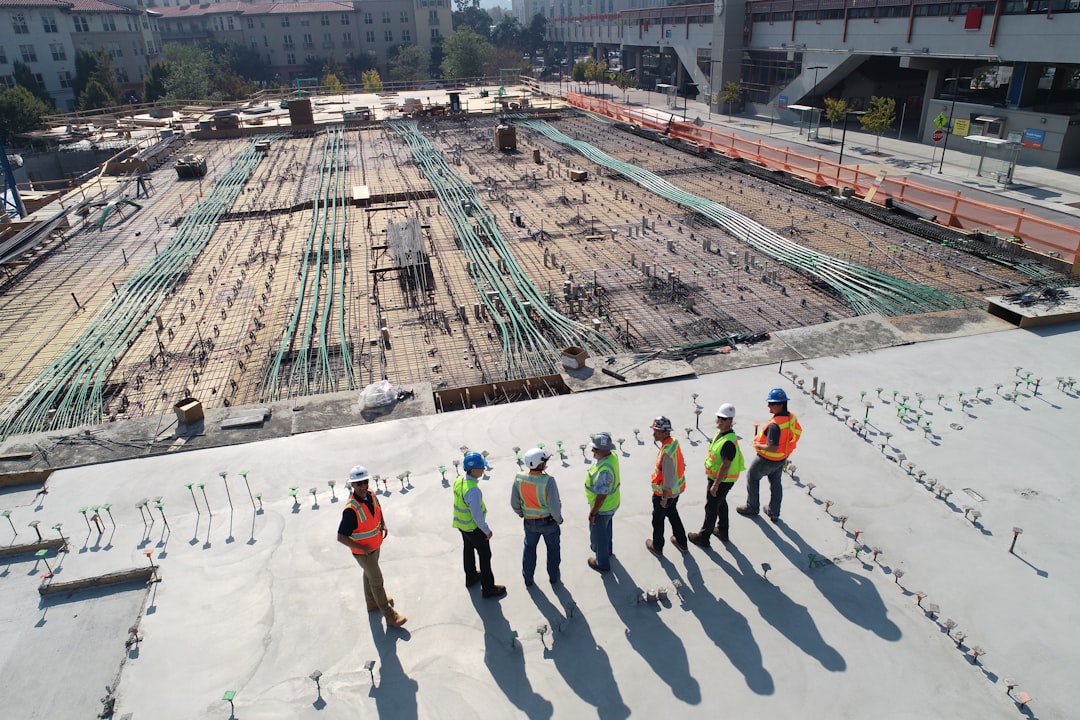
Dance instructor
Railroad worker
Theatre actor
Hotel manager
A “Sin-Eater” had the unusual job of?

Testing food for poison
Absorbing the sins of the deceased
Counting village populations
Cleaning public baths
What task did a “Leech Collector” perform?

Gathered herbs
Collected leeches for medical use
Wrote legal documents
Painted portraits
A “Powder Monkey” worked primarily in which setting?

Bakery
Blacksmith shop
Naval ship
Gunpowder mill
The job of a “Petardier” involved what dangerous task?
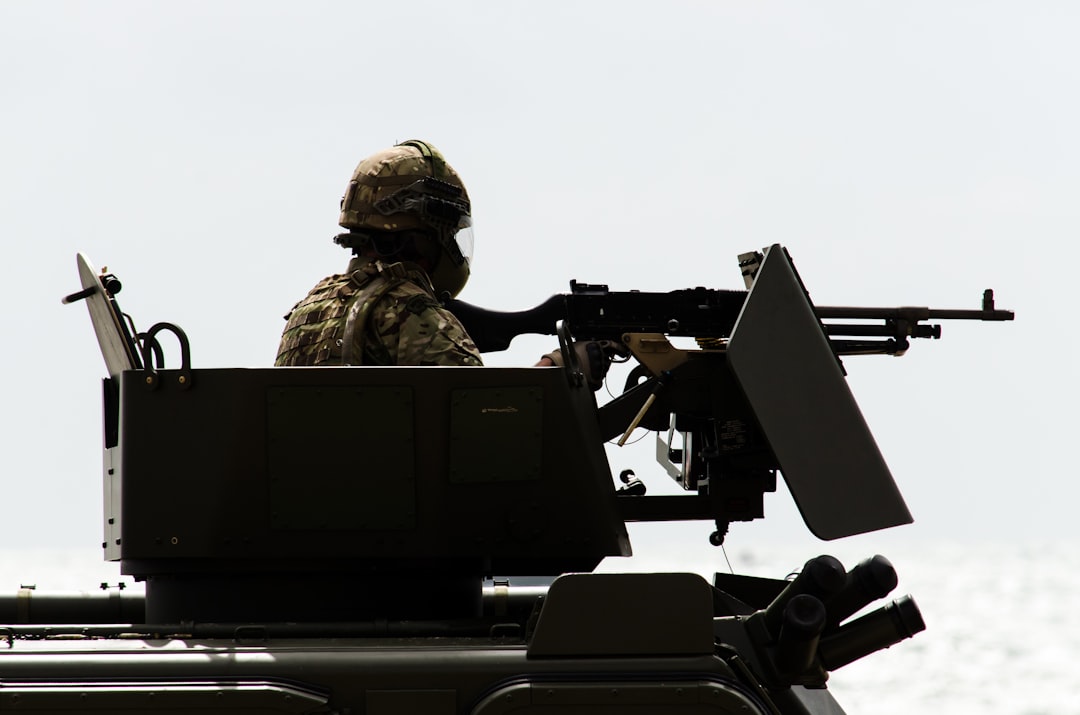
Mixing explosive compounds
Carrying messages through battlefields
Breaching fortifications with explosives
Training war horses
What was the job of an “Ice Cutter”?
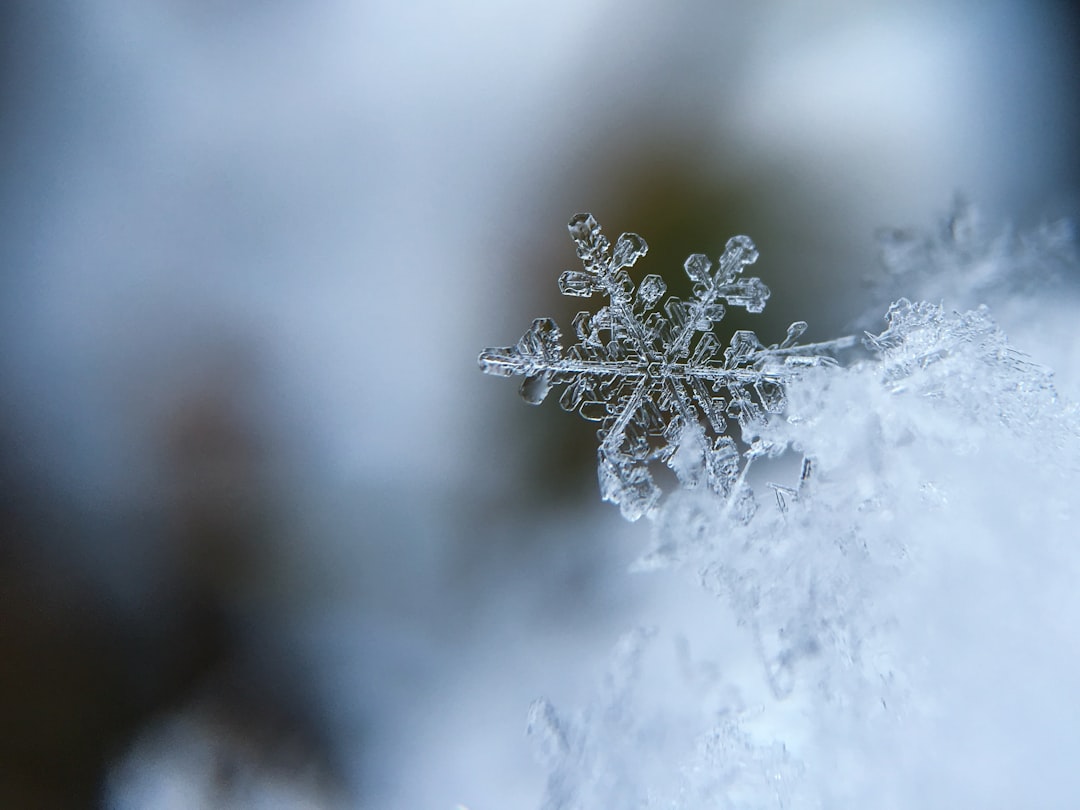
Harvested ice from lakes and rivers
Sold frozen desserts
Crafted jewelry
Designed winter coats
What did a “Link Boy” do in historical cities?

Guided people with a light at night
Built bridges
Delivered mail
Sang in public areas
What role did a “Pinscher” play in old professions?
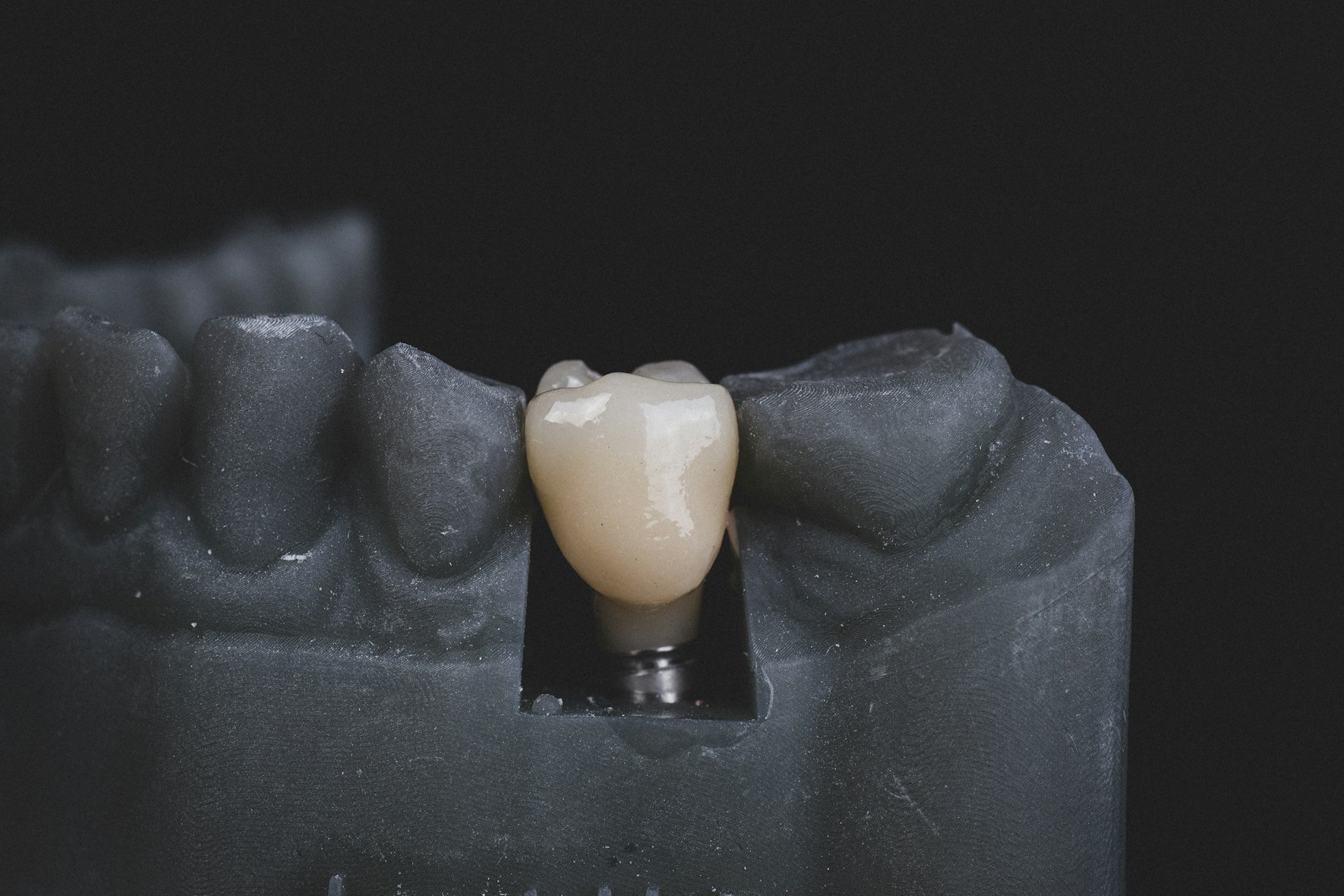
Welded metal pins
Extracted teeth
Counted money
Separated precious metals
What was the task of a “Hurdy-Gurdy Man”?
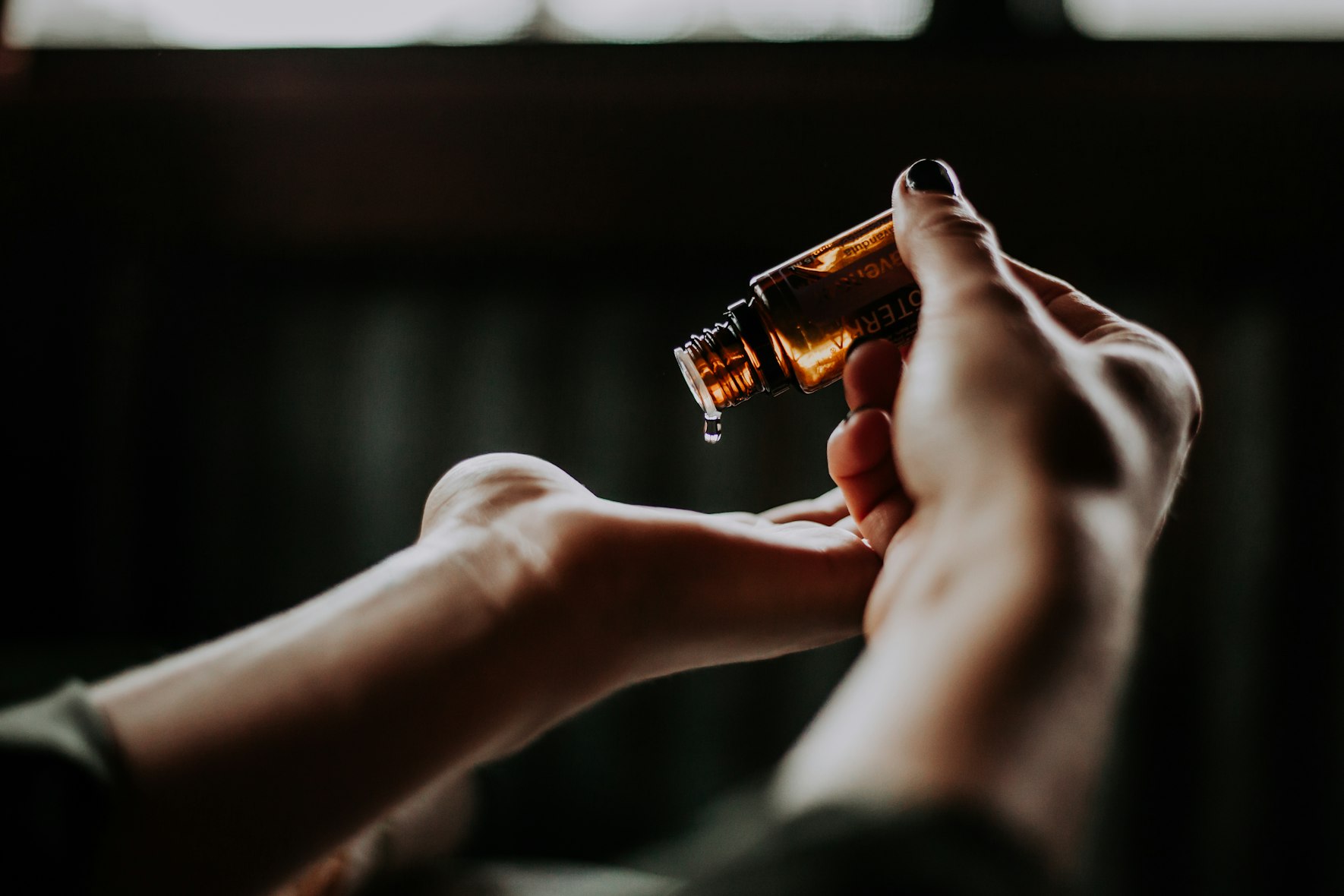
Played a stringed musical instrument
Designed clothing
Wrote travel guides
Sold herbal remedies
What did a “Night Soil Man” collect?

Waste material for fertilizer
Dream stories
Nocturnal animals
Street garbage
What was the role of a “Whitesmith”?

Worked with white or light metals
Painted houses white
Made white bread
Cleaned white linen
What did a “Tosher” scavenge for in 19th century London?
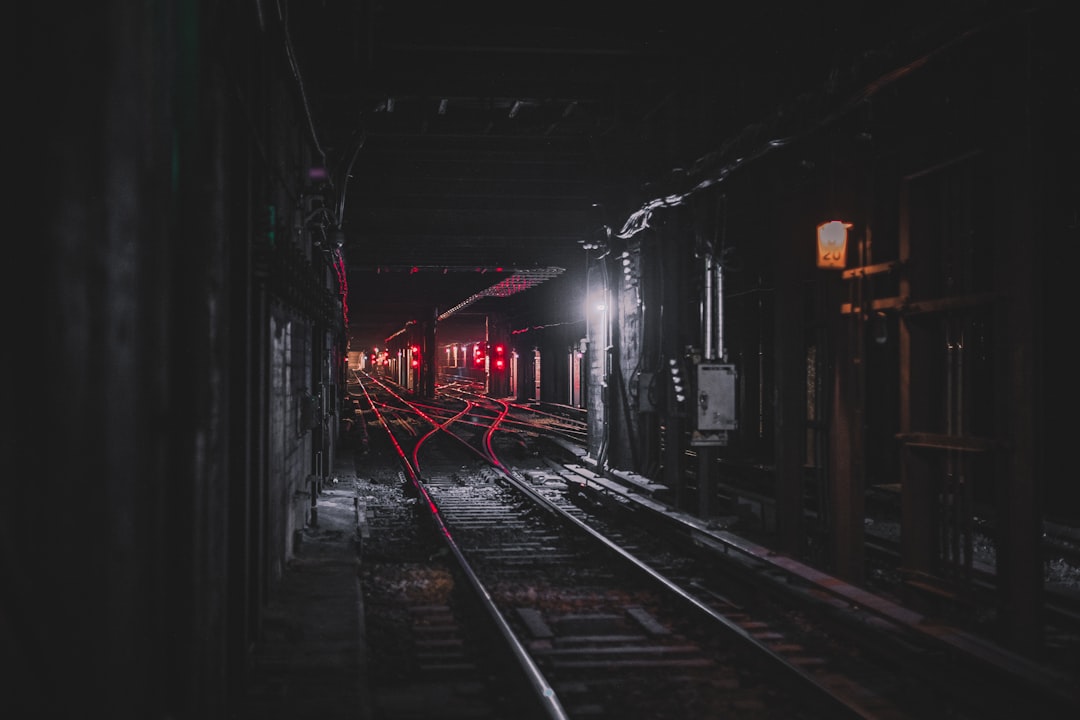
Lost coins and metal in sewers
Food leftovers
Used clothing
Broken pottery
What task did a “Catchpole” perform?
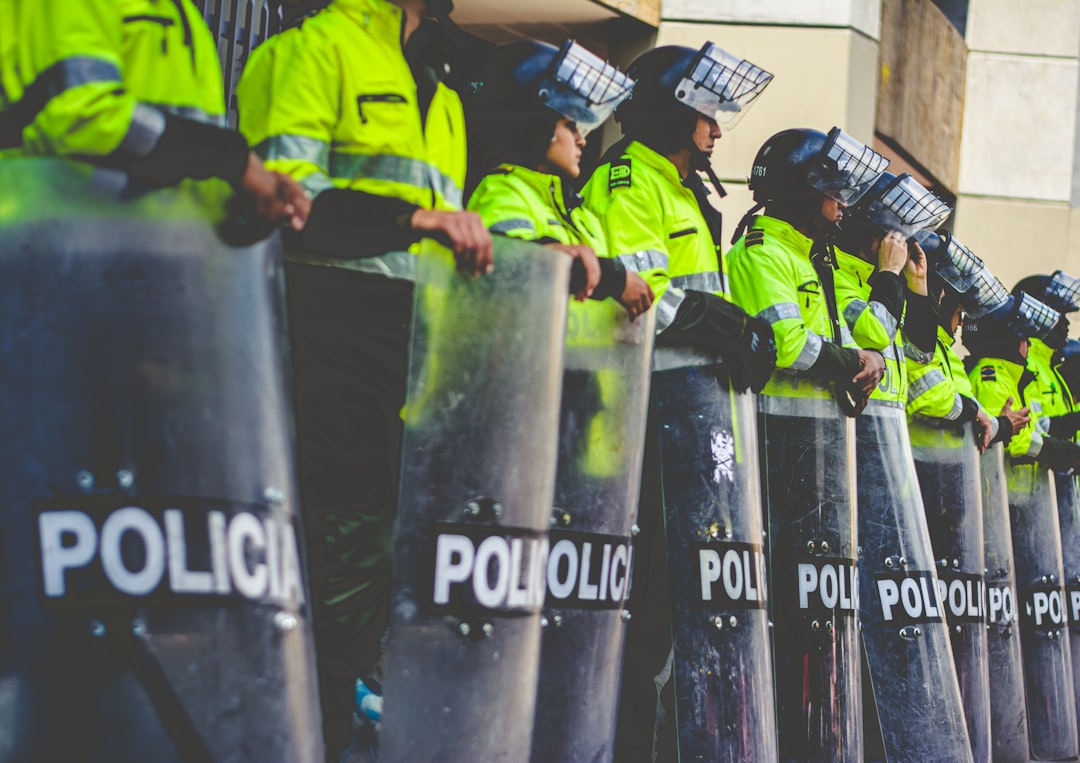
Caught birds with a long pole
Collected debts or taxes
Trapped fish
Harvested apples
What was a “Vestryman” responsible for?
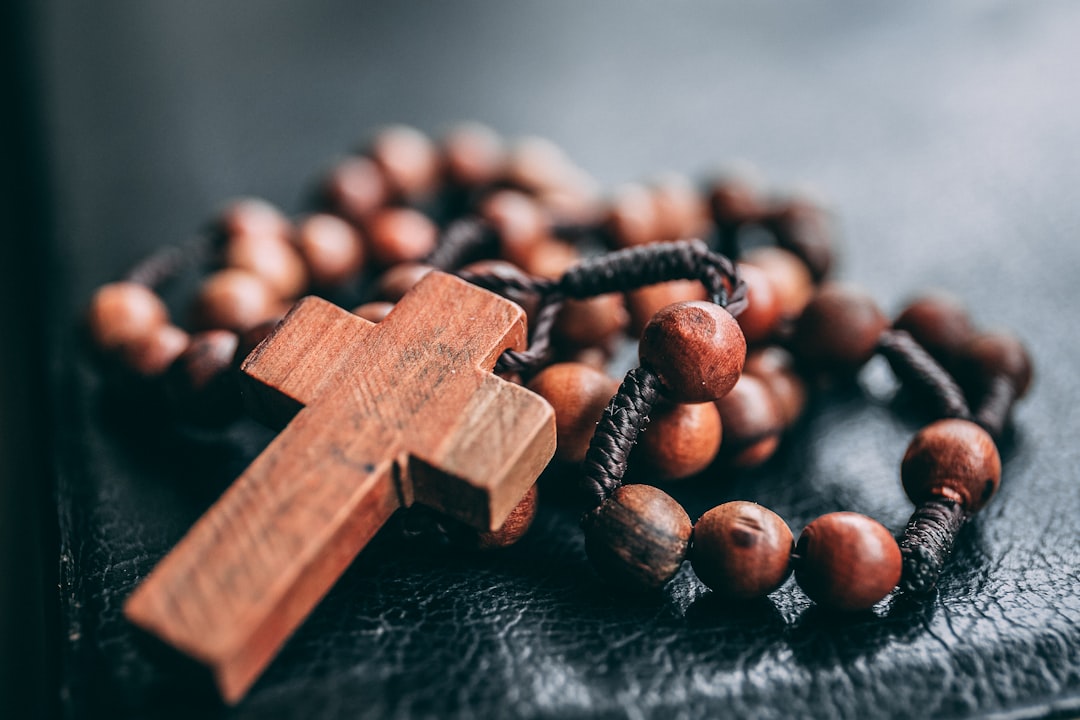
Designing vests
Church or parish administration
Singing in the choir
Teaching at Sunday school
What was the profession of a “Sawyer”?

Cut timber into boards
Sewed clothes
Wrote legal documents
Managed forest operations
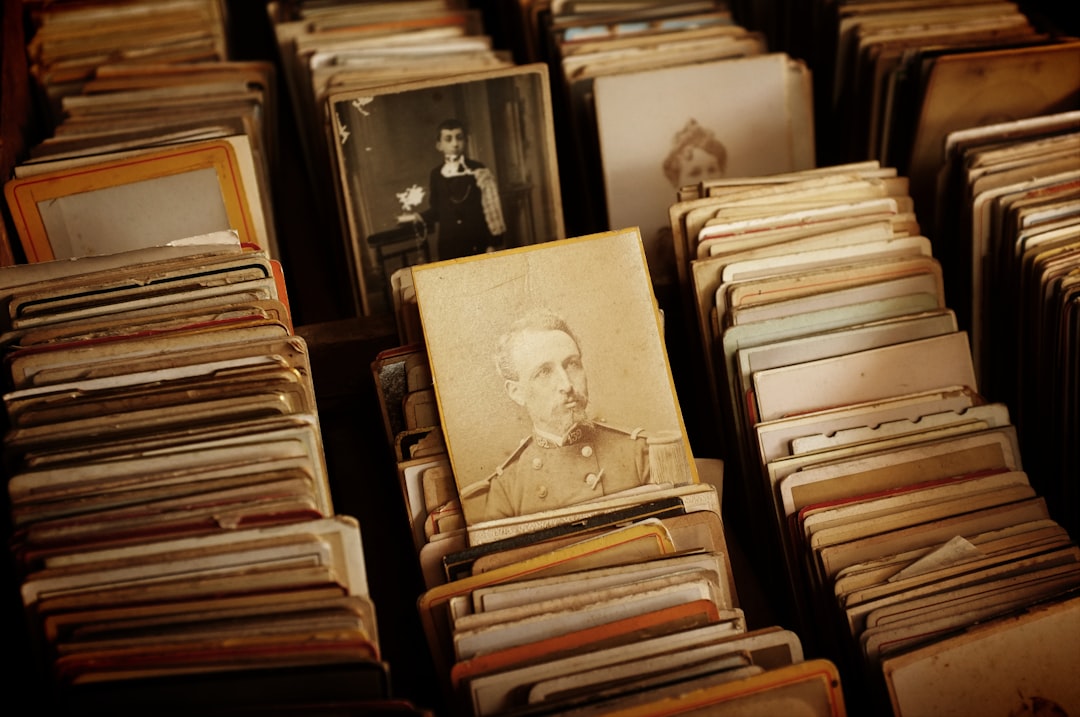
Stuck in the Apprenticeship?
You might need to brush up on your old trades!
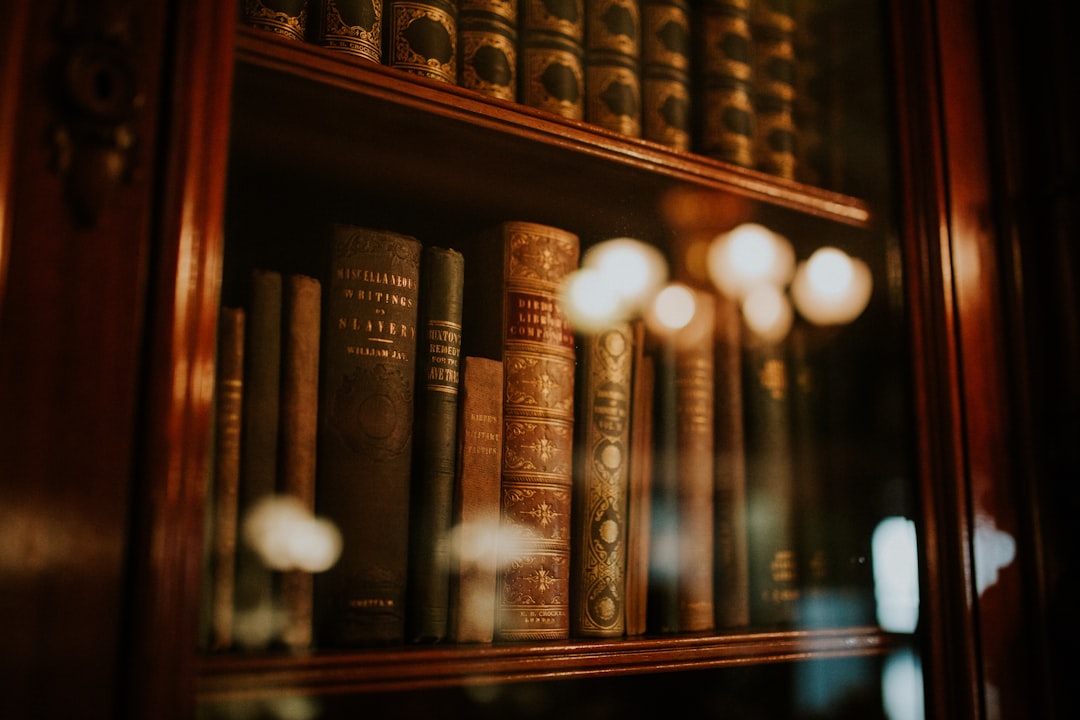
Journeyman Historian
Not bad! You’re on your way to mastering historical professions!

Master of Old Trades
Impressive! You’ve mastered the forgotten crafts of yesteryears!




